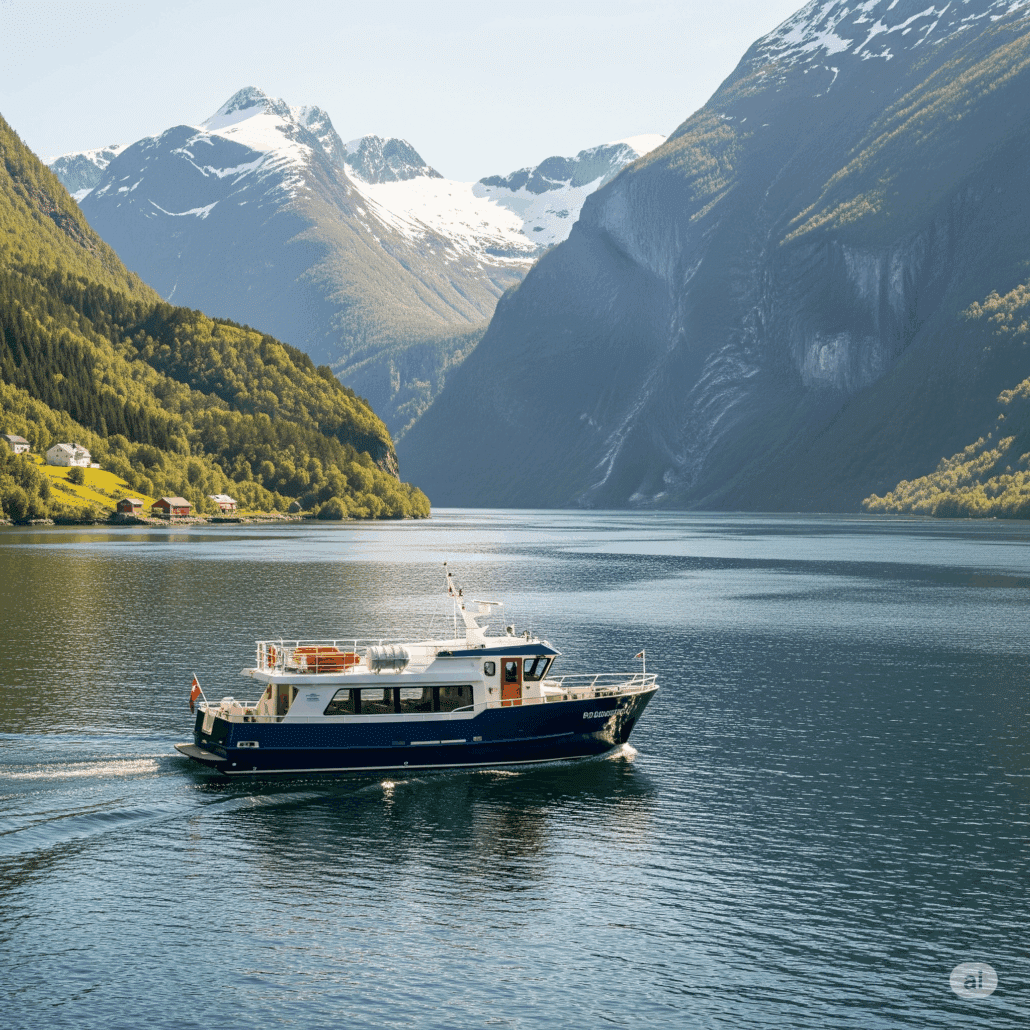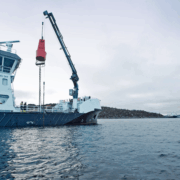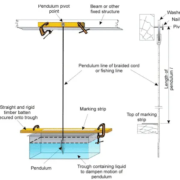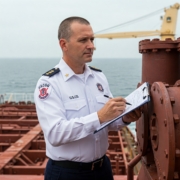Pitfalls of a COI: Mistakes to Avoid when Getting a COI
Introduction
Ready to run a commercial passenger ship in the USA? Be careful to avoid major mistakes. Expensive, costly mistakes. Ships promise great rewards, but also great risks. And they start at the beginning with the certificate of inspection (COI). The COI serves as a license for the boat. Issued by the US Coast Guard, it shows that the ship meets all US safety requirements.
And, boy, do we have a LOT of requirements. The COI application can be a long, grueling process. It stretches on for months, draining bank accounts and endurance. If you want to get a COI, do it right. Avoid the major mistakes; ensure the COI yields a great bounty instead of great disappointment.
Buying COI Unseen
Picture yourself at the helm of your boat. You’re the captain in charge. Passengers down on deck, chatting happily. The bright sun reflects on the water, warming the deck slightly. Some playful dolphins jumping at the bow. It’s a perfect day . . . WHAT ARE YOU DOING! Don’t ever daydream when buying a boat! We need a pragmatic realist.
Instead, picture all the money and hours of labor you will spend to refit the boat and get it ready for the COI. One of the major mistakes I see: People get captured by the beauty of a boat and buy assuming they will easily upgrade to a COI afterwards. It doesn’t work like that.
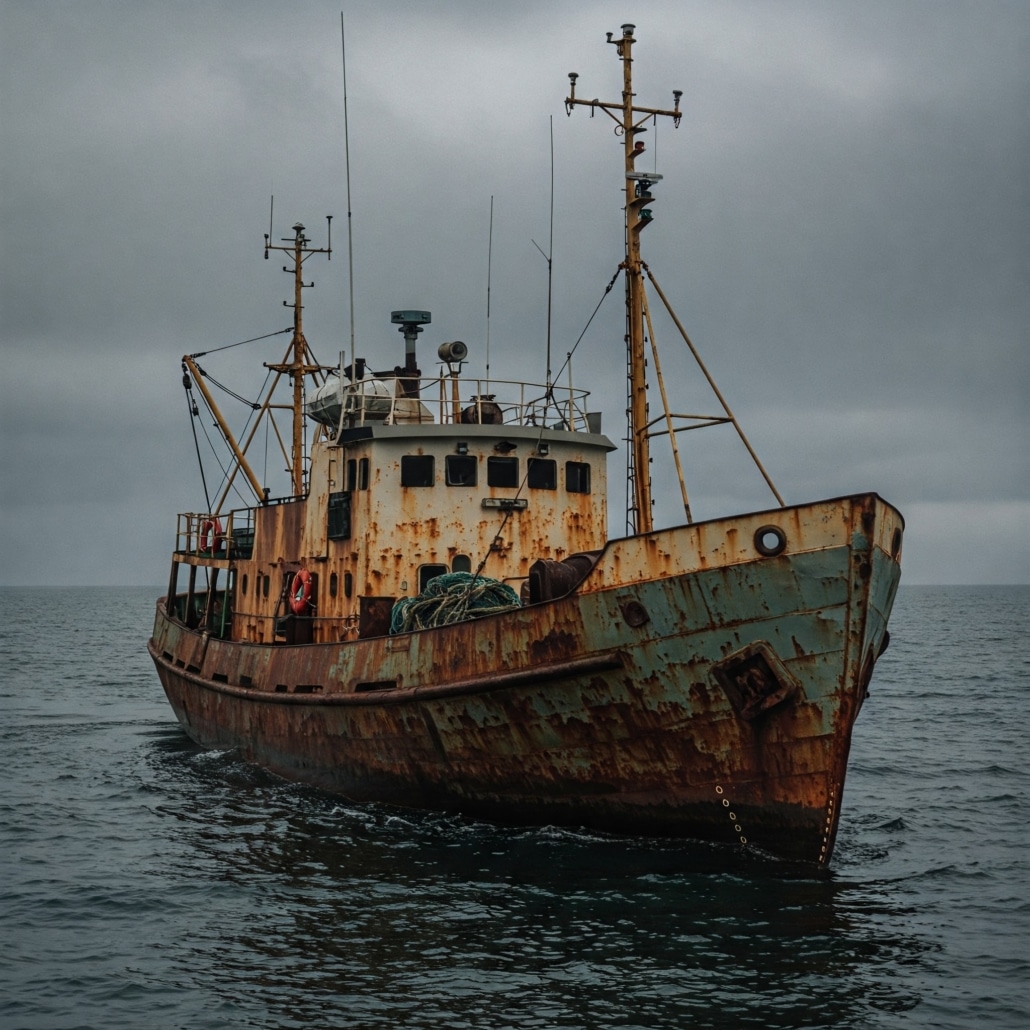
Commercial ships and yachts are built very differently. Very rarely, we can upgrade a yacht to meet the standards of a COI. But that usually requires a host of upgrades:
- Reinforce the hull. Possibly replace all the hull plating.
- Rip out every pipe and replace them with commercial grade systems.
- Add in smoke detectors, fire suppression systems.
- Add extra bilge pumps.
- Rebuild the safety railings at a higher height.
- The list goes on . . .
Alternative: Build a New COI Boat
Frequently, it’s cheaper to buy a new boat rather than upgrade the yacht to meet COI standards. When shopping for a commercial ship, look for a boat that already has a COI. That COI ship will probably cost more. But it’s worth it. That COI boat may not look gorgeous like a yacht, but looks are much easier to fix. We requires less effort and money to start from the foundation of a commercial ship and renovate the interior for a modern look. Aesthetics are easier than safety systems.
Avoiding the Naval Architect
The next big mistake: handling the COI application on your own. Legally, USCG does not require a naval architect for the application process. Technically, you can complete the entire process just as the ship owner. USCG allows you to repeatedly submit documents time and time again until you get them right.
Of course, USCG will continue to reject those documents anytime they have the smallest mistake. Don’t expect them to guide you through the process or offer assistance. USCG can’t show favoritism to any one person or boat owner. No competitive advantages. They can only tell you what is wrong with your submittal. They will not tell you how to fix it.
On top of that, managing all the paperwork becomes a full time job. Can you spare 4-6 hours per day managing the paperwork? I understand that a naval architect is very expensive, and you want to avoid that cost. But it costs more to try for a COI without a naval architect. You will pay far more in lost time, extra effort, and failed attempts. In this case, you want the expert on your side. Hire a naval architect.
Expecting a Schedule
The biggest surprise for the COI process: it takes a VERY long time. Most owner’s expect something similar to filing your taxes. Fill out the paperwork and done within a month or two. Nope. A COI application takes around 12 months or more to complete. Emphasis on “or more.”
Why so long? Every time we submit a drawing or document, USCG has a month to review it. A typical review cycle will involve 2-3 rounds of submissions and revisions for minor comments. That’s 2-3 months for every single drawing! Plus time for the inspectors to examine the physical vessel. USCG holds all the cards. The slow pace of a COI application depends primarily on USCG.
Consider the USCG review process for your business implications. When planning a schedule for the COI process: DON’T. Don’t commit to a start date for the vessel. Don’t advertise events for the ship. Don’t expect any specific schedule until we are 95% done with the COI process.
That runs contrary to most business plans. Your typical business expects a large outpour of cash in the beginning. Make a big splash and generate interest. And certainly, go that route once you have the completed COI. But until then, it’s endurance mode. Minimize cash flow. Don’t hire all the crew. Rig your business for the long haul. A whole year or more of expenses, without any revenue.
Argument to Refit an Existing Vessel
This gauntlet of waiting is why many chose to refit an older ship that already carries a COI. That piece of paper drives up the purchase price, but it also saves on schedule. You don’t need to wait a full year for a COI. Just maintain the existing COI, maybe a few quick on-site inspections, and away you go. You trade time for purchase price. Decide which is the less painful path for you.
Unrealized Gains
No matter what, it takes a lot of time and money to acquire a COI. A major investment. And cheap isn’t really an option. If you need spend a lot either way, it’s better to get the most bang for your buck. Work with the USCG rules to get maximum value from your COI ship.
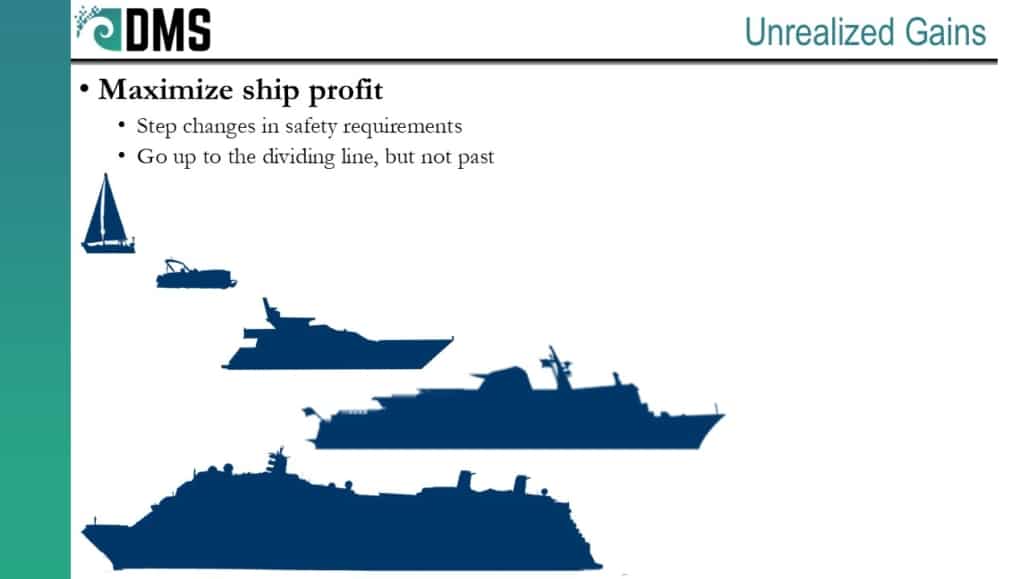
Safety requirements on the ship are not one size fits all. USCG enacts different requirements based on the size of the ship and passenger count. The rules include key breakpoints. Dividing lines. Go past the line and your ship just got more expensive, without much gain in terms of passengers and revenue. But stay just under the line, and you achieve the best passenger count for the smallest cost. This becomes a major opportunity when you start with completely new ship. Get the best returns possible. We want our ship reaching right up to the line without going over. Here are the key break points in USCG rules for passenger vessel (as of 2025):
- 6-pack (Uninspected vessel. No COI required)
- Ship less than 100 GRT
- 6 passengers or less.
- Subchapter T, under 65 ft.
- Ship less than 100 GRT
- Ship length less than 65 ft.
- 49 passengers or less.
- Subchapter T, over 65 ft.
- Ship less than 100 GRT
- 150 passengers or less (day trips)
- 49 passengers or less (overnight trips)
- Subchapter K (Small ships with lots of passengers)
- Ship less than 100 GRT
- More than 150 passengers (day trips)
- More than 49 passengers (overnight trips)
- Subchapter H (Big passenger ships)
- Any passenger ship over 100 GRT.
The rules also carry a few adjustments for ferries, the vessel route, and some other small details. Consult a naval architect for the fine print. Remember that each step up this ladder includes larger expenses. More safety systems. Extra crew. Pick wisely and match your expenses to expected revenue.
Conclusion
I feel so sad when owners continue to make the same mistakes again and again. With ships, mistakes get expensive, fast. I don’t want that. I want you to make money. Earn profit. Avoid these classic pitfalls. Go into the COI process prepared, ready to endure a long slog of expenses. And you can emerge on the other side, that Captain in the sun, living the dream, happy passengers and playful dolphins at the bow. And you at the helm of your ship. Even better, a profitable ship.
